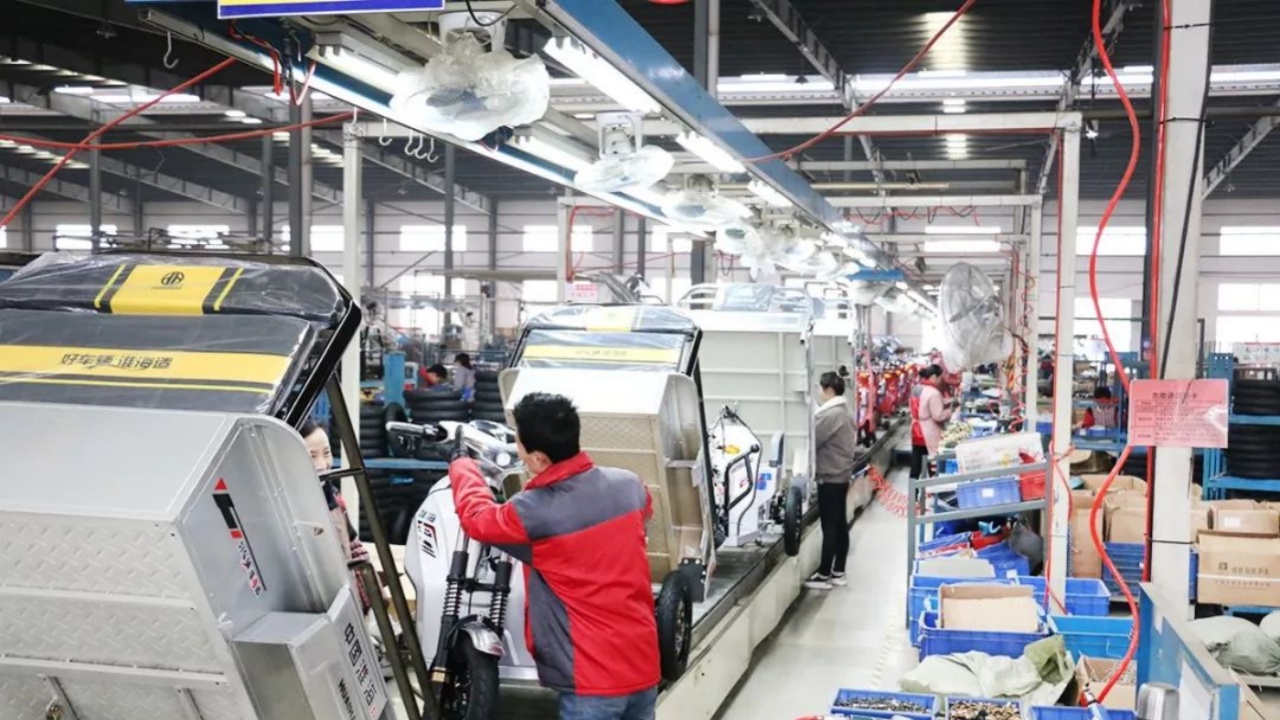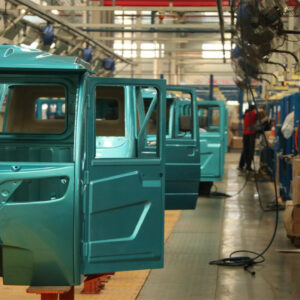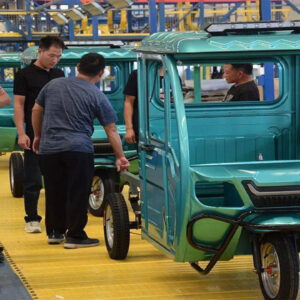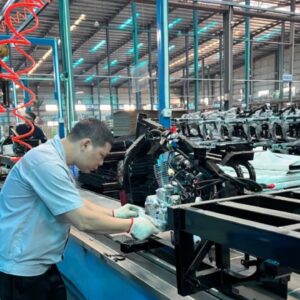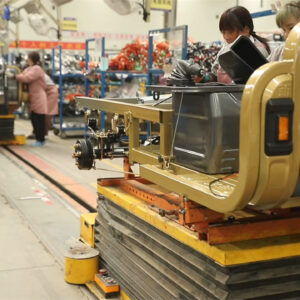Trishaw Assembly Line with Trishaw Spare Parts—Trishaw Assembly Technology
Our tricycle assembly technology encompasses design, component manufacturing, frame fabrication, assembly, electrical system installation, quality inspection, and final packaging. We utilize automated equipment and MES systems for efficiency, with a strong focus on quality control and team culture to ensure high-quality, cost-effective production.
Description
We specialize in providing comprehensive solutions for Trishaw manufacturing, encompassing high-quality Trishaw components, advanced assembly technologies, and efficient production lines.
Trishaw Assembly Lines/Production Lines are Suitable to Assemble/Produce 3 wheeler, tricycles, Trishaws and so on.(If customers request, we also can design the Assembly Lines/Production Lines suitable for 2 wheeler and 3 wheeler depends on exact vehicle models.)

Trishaw assembly technology involves multiple stages to ensure production efficiency and product quality. Here are the key technologies and processes in the tricycle assembly line:
1. **Design and Planning**: Initial design and planning of the tricycle, including vehicle structure, performance parameters, and material selection.
2. **Component Manufacturing**: Manufacturing or procurement of main components such as the frame, motor, battery, controller, and tires.
3. **Frame Fabrication**: The frame, as the skeleton of the tricycle, involves processes like material cutting, welding, grinding, and rust prevention treatment.
4. **Assembly and Mounting**: Assembling wheels, motors, batteries, seats, and other components according to design layout.
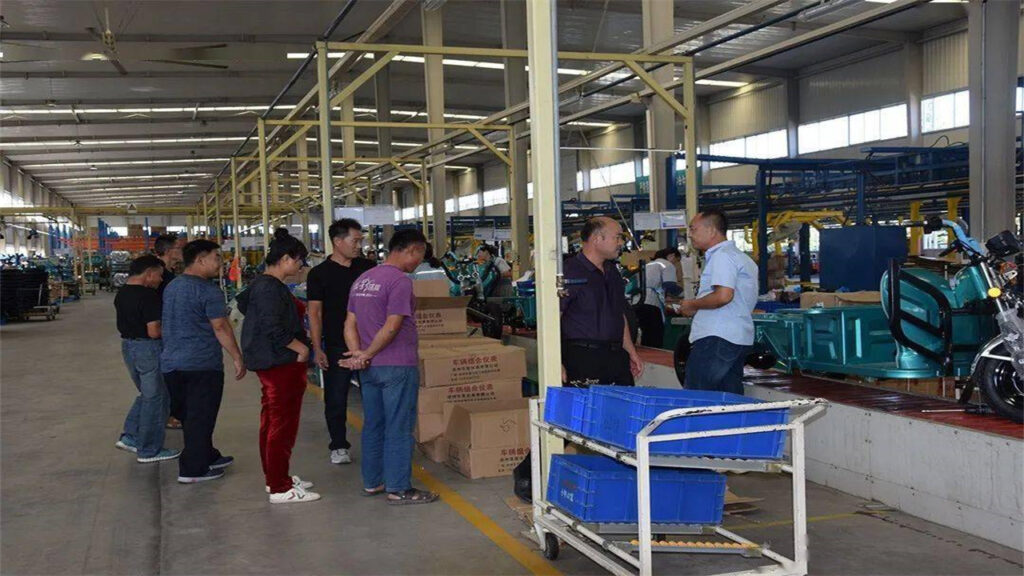
5. **Electrical System Installation**: Professionals install motor controllers, battery management systems, and lighting systems to ensure safety and stability.
6. **Quality Inspection and Testing**: After assembly, conducting strict quality inspections and performance tests, including safety, stability, endurance, and driving speed.
7. **Debugging and Adjustment**: Debugging and adjusting the vehicle to address issues found during testing and ensure optimal performance.
8. **Final Packaging and Logistics**: Cleaning, packaging, and transporting to sales locations.
9. **Application of Automated Equipment**: Using robots for repetitive, precision tasks such as welding, handling, and partial assembly work.
10. **MES System**: Real-time monitoring of production status, data collection, and optimization of production planning and resource scheduling.
11. **Quality Control**: Throughout the process, quality control covers every step from materials to the final product, using reliable inspection tools and methods.
12. **Information Feedback**: The assembly line requires information to be passed and fed back between different stages to understand production conditions.
13. **Culture Building**: Establishing a healthy team culture to increase employee enthusiasm and efficiency.
By applying these technologies and processes, the tricycle assembly line can achieve efficient, high-quality production while reducing costs and improving product consistency.
